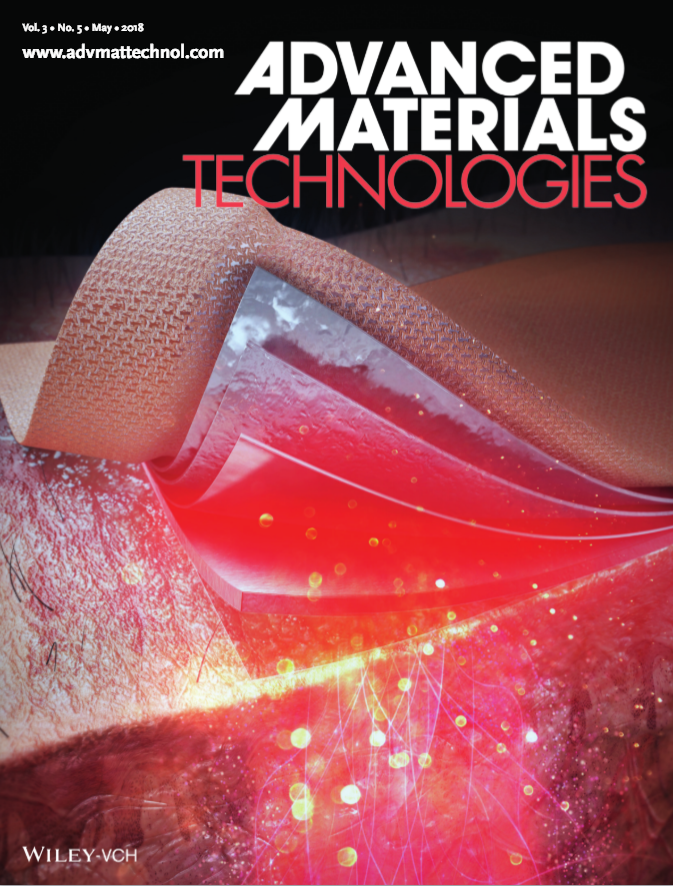
Journal
 > Publication > Journal
> Publication > Journal
[International Journal] [Front Cover] A Wearable Photobiomodulation Patch Using a Flexible Red-Wavelength OLED and Its in Vitro Differential Cell Proliferation Effects
Hit : 1,309
Yongmin Jeon+, Hye-Ryung Choi+, Myungsub Lim, Seungyeop Choi, Hyuncheol Kim, Jeong Hyun Kwon, Kyoung-Chan Park* and Kyung Cheol Choi*
Advanced Materials Technologies, March , 2018
Published
vol 3, no 5, pp 1700391
Abstract
Photobiomodulation (PBM) is a safe and noninvasive method that can provide various clinical effects. However, conventional PBM devices using point light sources, such as light-emitting diodes and lasers have various disadvantages, such as low flexibility, relatively heavy weight, and nonuniform effects. This paper presents a novel wearable PBM patch using a flexible redwavelength organic light-emitting diode (OLED) surface light source, which can be attached to the human body as a personalized PBM platform. The palm-sized wearable PBM patch can be very light (0.82 g) and thin (676 µm). It also has a reasonable operation life (>300 h), flexibility (20 mm bending radius), and low-temperature operation (<40 °C), and it can provide wide and safe application irrespective of location and time. Fibroblasts, a major type of dermal cells, play a key role in the wound healing process. The results show that OLEDs may have excellent in vitro wound healing effects because they effectively stimulate fibroblast proliferation (over 58% of control) and enhance fibroblast migration (over 46% of control) under various conditions. For maximum effect, peak wavelength control is necessary to optimize cell proliferation and enhance in vivo wound healing effects.














